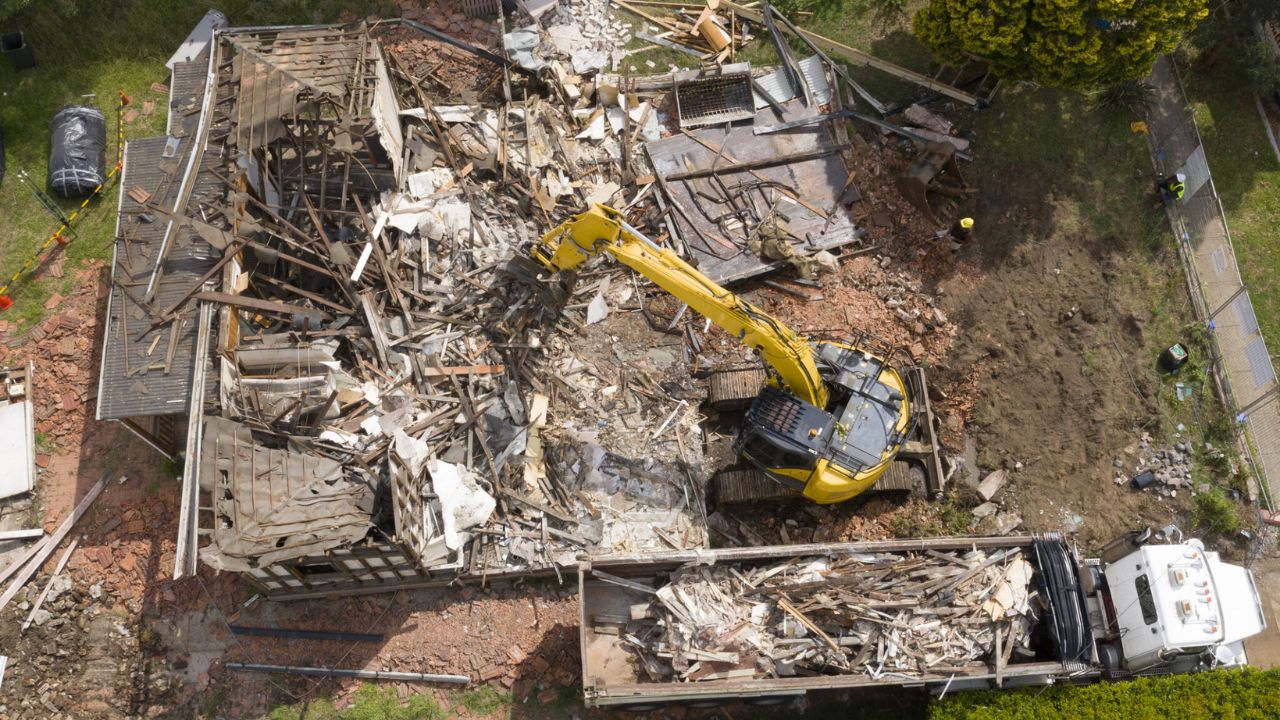Ray White Group Chief Economist, Nerida Conisbee, said that knockdown activity is concentrated in affluent suburbs, with a modest correlation between demolition rates and property price growth.
“What drives some suburbs to see more homes knocked down? In most areas, the main driver is people wanting nicer homes,” Ms Conisbee said.
“In these suburbs, the blocks are large, the areas have become more desirable over time and the homes may be rundown or of a type that is no longer so popular.”
The research, which combined Australian Bureau of Statistics data on building approvals for demolitions with property price data from Neoval, found Melbourne topped the list with 34,490 houses approved for demolition, narrowly surpassing Sydney’s 32,578.
Ms Conisbee said the scale drops significantly for other capitals, with Brisbane recording 11,135 knockdowns, Perth 9,327, and Adelaide 5,316, while smaller capitals showed considerably fewer demolitions.
“Increasingly, homes are being knocked down to develop higher densities,” she said.
“Increasing housing supply is the best way to improve affordability and this push to higher density in established suburbs will play a greater role in reshaping Australia’s suburbs over the next five years.”
The suburbs experiencing the highest rates of knockdowns are predominantly affluent, established areas with significant property value, according to the research.
In Melbourne, Balwyn North and Glen Waverley East represent prestigious eastern suburbs known for excellent schools and spacious blocks, with median house prices well above $1.7 million.
“Sydney’s knockdown hotspots of Ermington-Rydalmere and North Ryde-East Ryde follow a similar pattern – established middle-ring suburbs with strong amenities and transportation links,” Ms Conisbee said.

She highlighted North Ryde as an example of future trends, where homes on large blocks are being knocked down and converted to apartments through rezoning.
“The impact on existing homes however, still has the same impact – detached houses have seen their values soar due to increasing scarcity,” she said.
“This reduction in detached housing stock has kept house prices elevated despite the overall increase in dwelling numbers.”
The concentration of knockdowns in expensive suburbs reflects several economic realities, according to Ms Conisbee.
“In these premium locations, aging homes often represent just 20-30 per cent of the property’s total value, with land comprising the remainder,” she said.
“This makes demolition financially viable when the existing structure no longer meets modern expectations.”

The research examined the relationship between knockdown activity and price growth.
“While there is a modest positive correlation between demolitions and five-year price appreciation, the pattern is far from straightforward,” Ms Conisbee said.
Areas with the highest price growth typically show moderate levels of knockdown activity rather than the most intense redevelopment, challenging the assumption that more knockdowns automatically lead to stronger gentrification or price growth.
“The data suggests that while knockdown-rebuilds contribute to neighbourhood transformation, they represent just one factor among many influencing property values,” she said.
“Local market dynamics, amenities, location desirability, and broader economic factors all play critical roles in determining price trajectories in Australian suburbs.”

